According to Kermit the Frog, it’s not always easy being green — but it is safe to say that Sandia takes environmental stewardship seriously.
This Earth Day, observed on Monday, April 22, Lab News highlights a few of the many programs that help protect, restore and monitor the world around us. Representatives from each program summarize how they help Sandia achieve its commitment to environmental responsibility and highlight one big accomplishment from the past year.
In addition to these efforts, Sandia engages in research, development and deployment activities that solve the nation’s energy challenges, including climate change. Together, these programs ensure Sandia is a good neighbor to our surrounding communities for this and future generations.

Ecology program

The Ecology Program conducts long-term natural resources monitoring and provides technical support. In 2023, one of the program’s biggest achievements was continuing initiatives to reduce unwanted human-wildlife interactions. Awareness campaigns, simple physical changes to our shared landscape and outreach efforts resulted in a stronger understanding that everyone at the Labs shares in protection of the natural environment.
—Evan Fahy, Environmental Technical Professional with the Ecology Program
Energy equity and environmental justice
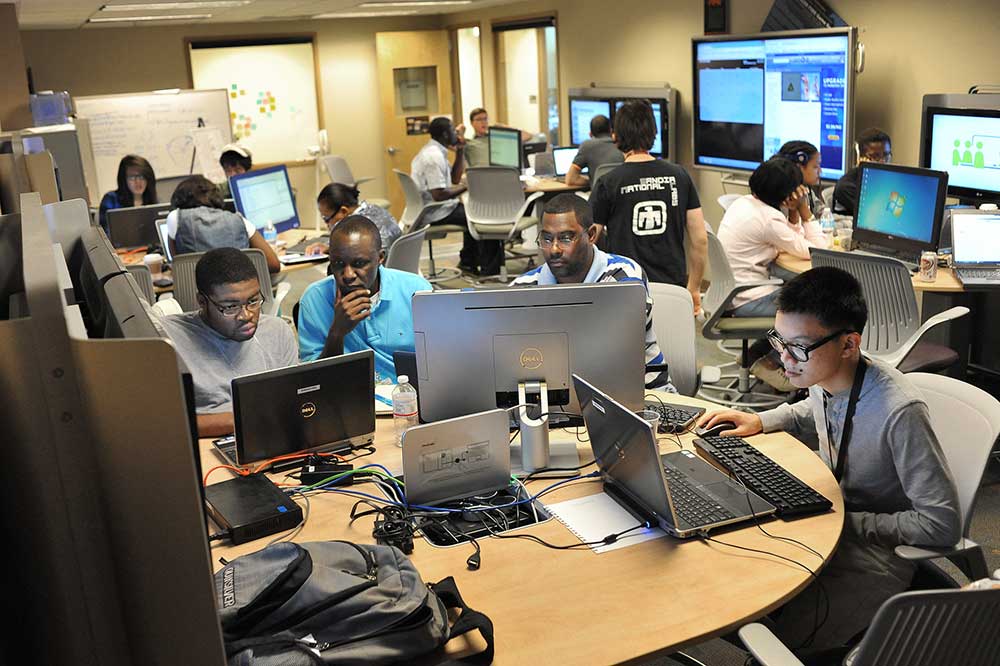
The Energy Equity and Environmental Justice team increases awareness of how these concepts can be incorporated into our work, research and community interactions. Sandia can make a difference for overburdened and underserved communities, and the team works to ensure communities have equitable access to a healthy, sustainable and resilient environment, and the benefits that result from our nation’s shift to clean energy.
Working with Sandia’s Climate Speaker Series, the team brought several experts in last year to speak on the topic. The Energy Equity and Environmental Justice team also hosts a reading club where staff come together to learn about these concepts by reading and discussing journal articles.
—Myra Blaylock, Energy Equity and Environmental Justice team staff lead
Energy management
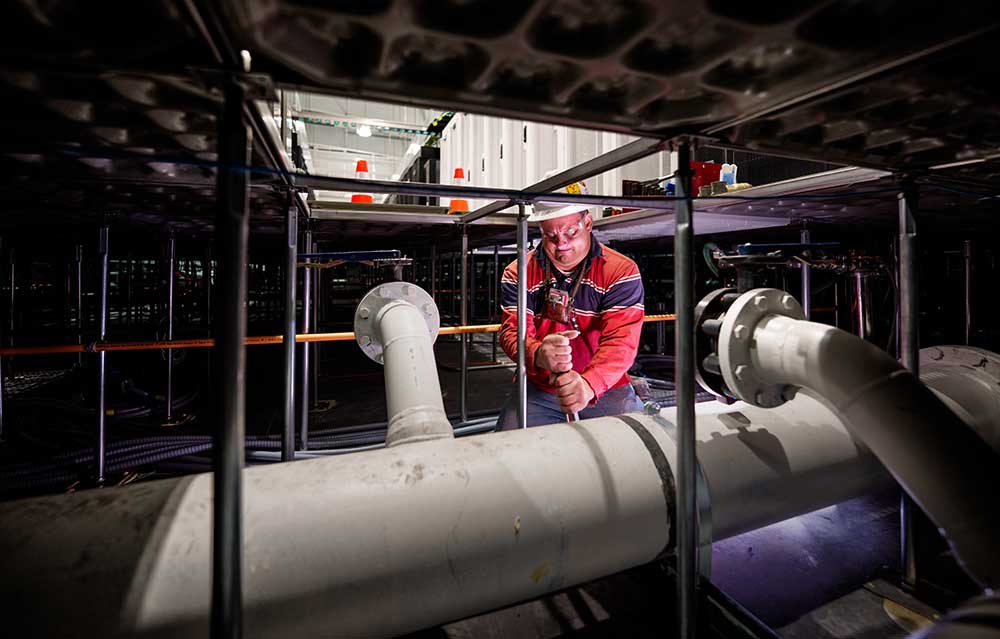
The energy and net-zero programs have developed plans to achieve net-zero greenhouse gas emissions at the Albuquerque, New Mexico, and Livermore, California, sites, including decarbonizing our energy supply, reducing mission-critical emissions and incorporating sustainability into building renovations. In 2023, Sandia received DOE recognition for achieving the 50001 Ready designation and instituting best practices in continuous energy improvement across the two campuses. Achieving this designation requires sites to self-attest to the structure of the ISO 50001 energy management standard and to measure and report energy performance improvement.
—Mary Watson, Energy and Infrastructure Data Management department manager
Fleet services
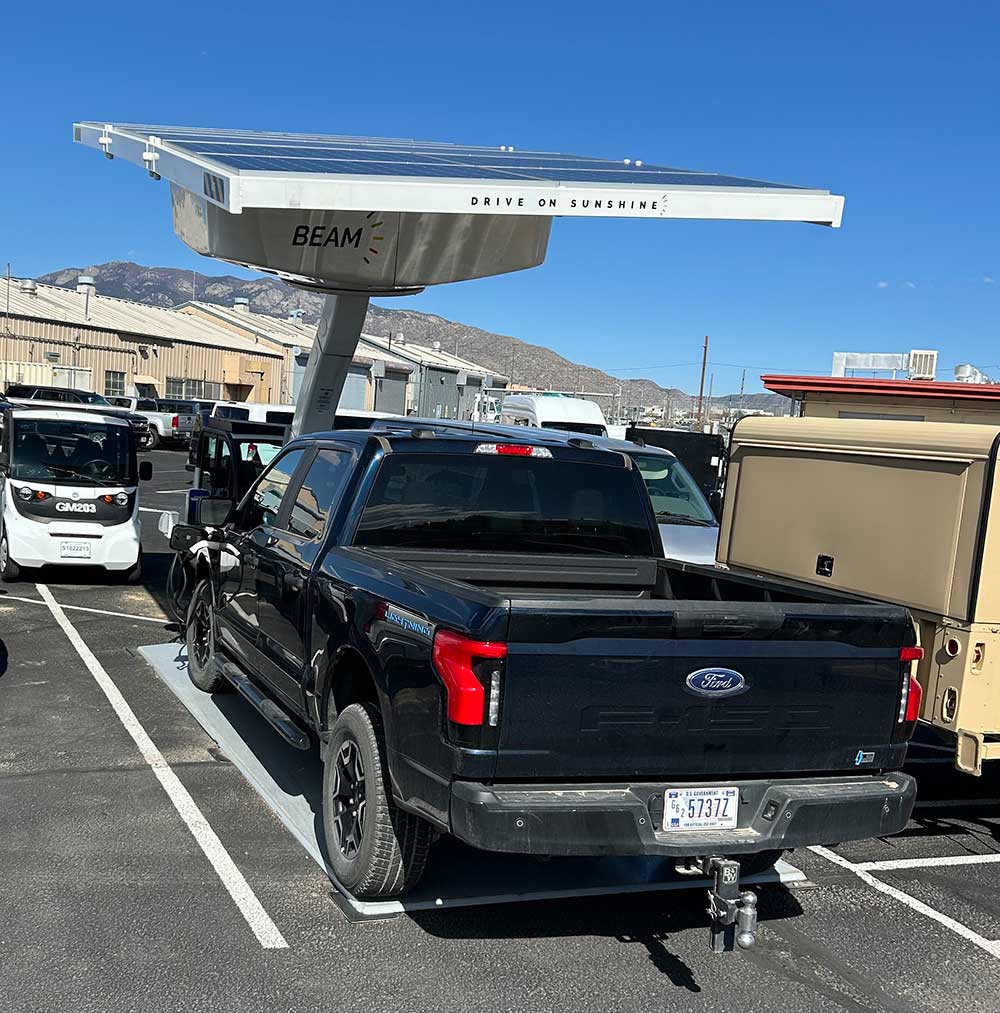
As part of the national effort to catalyze American clean energy industries and reduce greenhouse gas emissions, federal fleets must acquire all zero-emission vehicles by 2027 for light-duty and 2035 for medium- and heavy-duty vehicles. Sandia has received 19 zero-emission and plug-in hybrid vehicles that meet the federal sustainability requirement and anticipates receiving 462 more through fiscal year 2030. In anticipation, Fleet Services installed four solar-charging units at the Albuquerque site this past year.
Fleet Services is also considering a used tire recycling program. Several audits and assessments have recognized the team’s noteworthy environmental stewardship, including cleanliness and waste management practices at the New Mexico maintenance shop.
—Justin Teo, Fleet manager
Stormwater
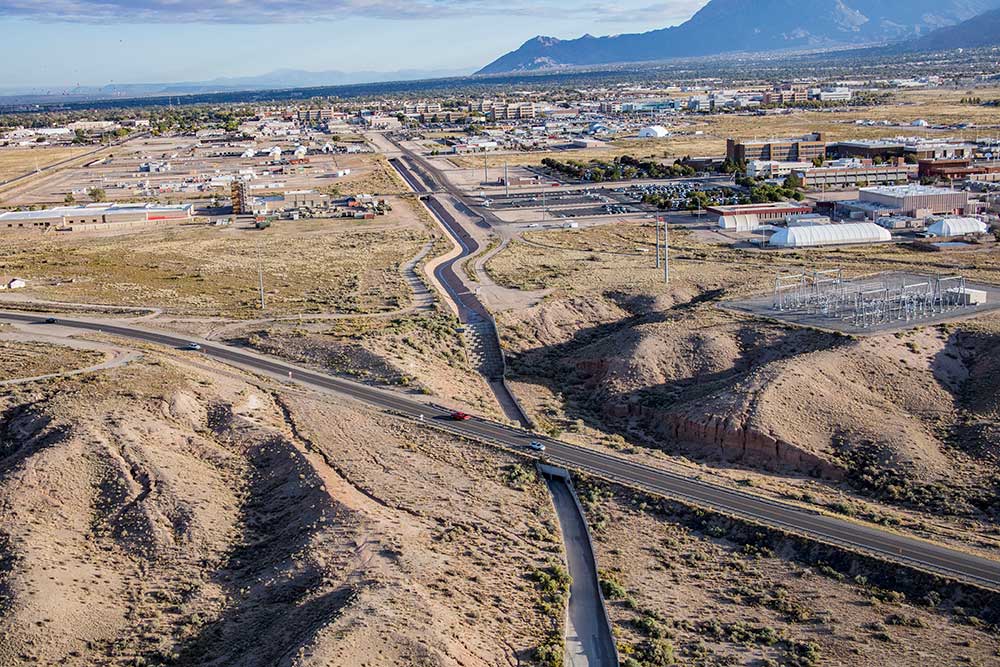
The Stormwater Program oversees compliance with several Environmental Protection Agency National Pollutant Discharge Elimination System permits as part of its larger mission to protect surface water quality at Sandia. Stormwater runoff from the Albuquerque site flows to the Tijeras Arroyo and then to the Rio Grande, which provides habitat for several threatened and endangered species, drinking water for Albuquerque and surrounding communities, and irrigation water to local farms and Pueblo communities. By ensuring potential pollutants are used, stored and disposed of properly to prevent exposure to precipitation and storm runoff, the program helps maintain the quality of this important water resource.
In May 2023, the EPA and New Mexico Environment Department inspected numerous facilities at our Albuquerque site as the final step of a yearlong audit of our municipal stormwater permit. The audit, a first in more than a decade, was a success, reporting that “Sandia has a comprehensive stormwater program and appears to do an excellent job of implementing their stormwater permit.”
—John Kay, Stormwater Program
Materials sustainability and waste management
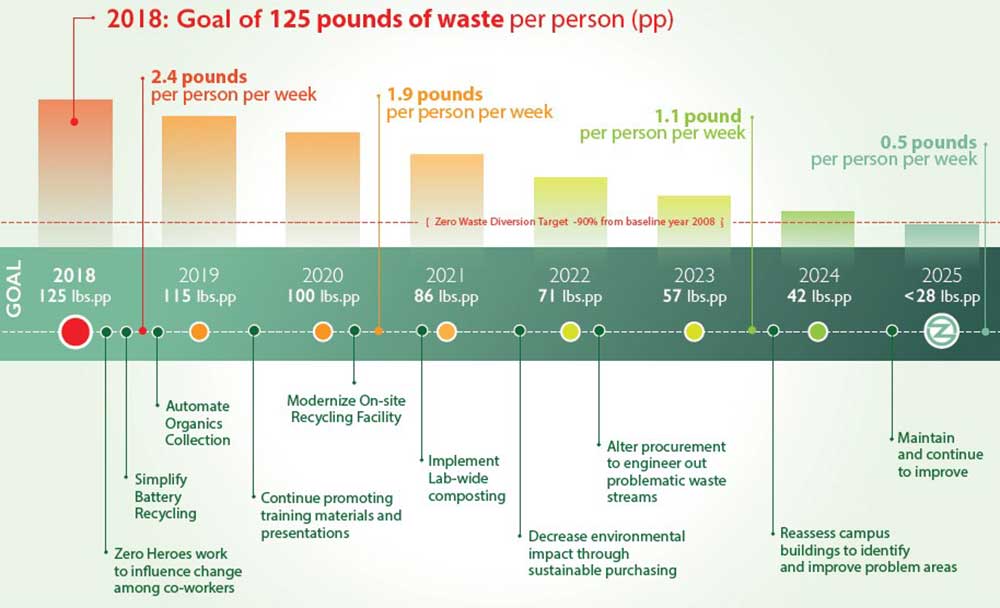
The Waste Management and Pollution Prevention Department supports Sandia’s commitment to achieving zero waste every day by helping members of the workforce manage waste products, encouraging reducing, reusing and recycling before disposal. In the last five years, Sandia’s Albuquerque site reduced commercial solid waste by 23% and increased recycling and composting by 45%.
The department also focuses on sustainable acquisition of the materials needed for mission work. Sandia gives preference to products that meet various environmental specifications, such as energy and water efficiency and bio-based or recycled content. In 2023, the department introduced a tool to streamline sustainable product procurement and better track progress toward zero-waste. Subcontractors have already submitted reports for over $38 million in spending through the tool, which indicates that procurement of compliant bio-based products increased by 114% from the previous fiscal year. Buying bio-based products provides American farmers with an outlet for their crops, increases demand for these environmentally friendly products and decreases the use of petroleum-based materials. Sandia purchased more than $35 million in registered Electronic Product Environmental Assessment Tool electronics, such as cell phones, printers and computers, that meet environmental performance criteria set by the EPA.
—Cary Hamilton, Pollution Prevention, and Kelly Wiese, Materials Sustainability
Wastewater monitoring
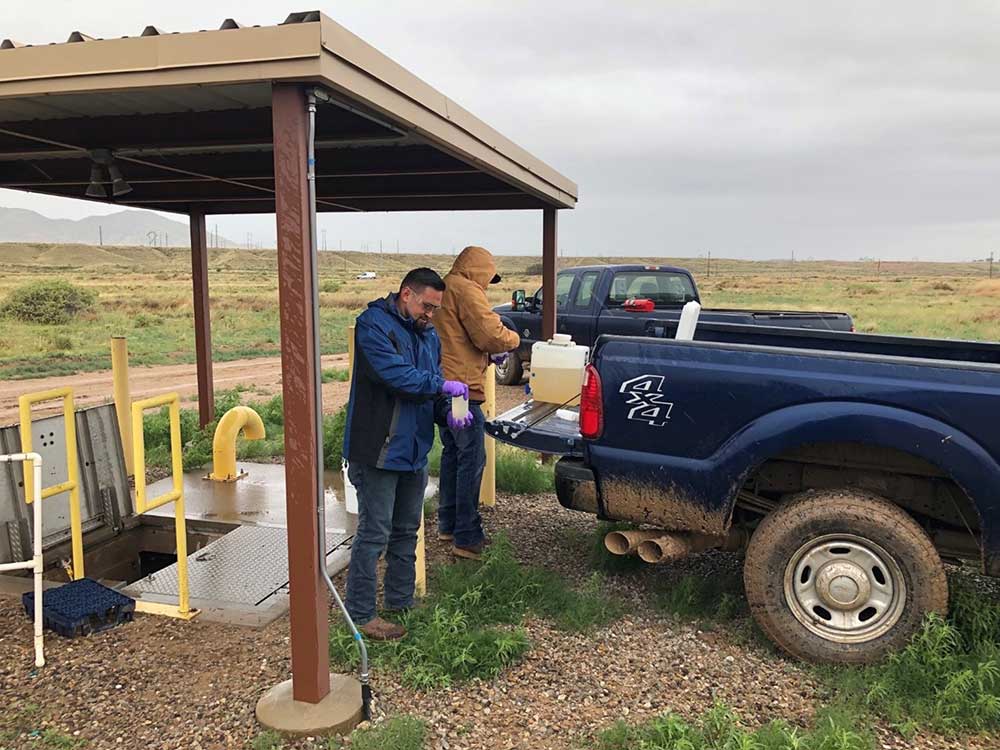
Sandia’s Wastewater Monitoring Program ensures compliance with the six industrial discharge permits and two lagoon permits. The program also makes sure that Sandia activities do not pollute the Rio Grande or nearby watersheds. The team uses automated field monitors for around-the-clock tracking of water quality parameters like pH, temperature and total flow at sites throughout Sandia’s campus. Wastewater samples are taken periodically to ensure optimal water quality.
As a testament to Sandia’s commitment to excellence in wastewater compliance, the Albuquerque/Bernalillo water authority bestowed Sandia with six pretreatment gold awards in 2023. The awards were given for meeting 100% compliance with all permit requirements, demonstrating a commitment to environmental protection and using industry leading methodologies to track and ensure water quality.
—Mark Zuverink, Environmental Compliance and Monitoring